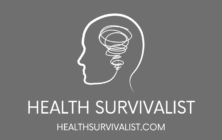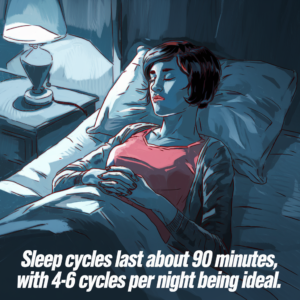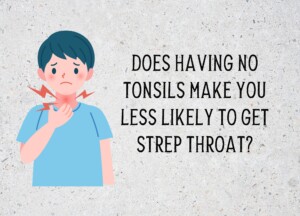
Understanding Low Blood Pressure
Low blood pressure, or hypotension, is something I’ve learned to manage carefully over the years. Unlike high blood pressure, which is often the focus of health conversations, low blood pressure can also lead to serious symptoms if not properly addressed. When your blood pressure drops too low, you might feel dizzy, lightheaded, or even faint. These symptoms can be alarming and disruptive, especially if you’re not sure what’s causing them or how to respond.
I remember the first time I experienced a significant drop in blood pressure; it was scary, and I didn’t know what to do. That’s why I’ve spent time learning about the condition and how to manage it effectively at home. Whether you’re dealing with a sudden drop in blood pressure or you’ve been diagnosed with chronic hypotension, it’s crucial to know how to respond.
In this article, I’ll share practical steps and strategies on what to do when your BP is low at home. From immediate actions you can take to long-term lifestyle adjustments, this guide is designed to help you manage your condition effectively. I’ll also discuss some natural remedies and supplements that have been helpful for me, ensuring you have a comprehensive toolkit to keep your blood pressure stable.
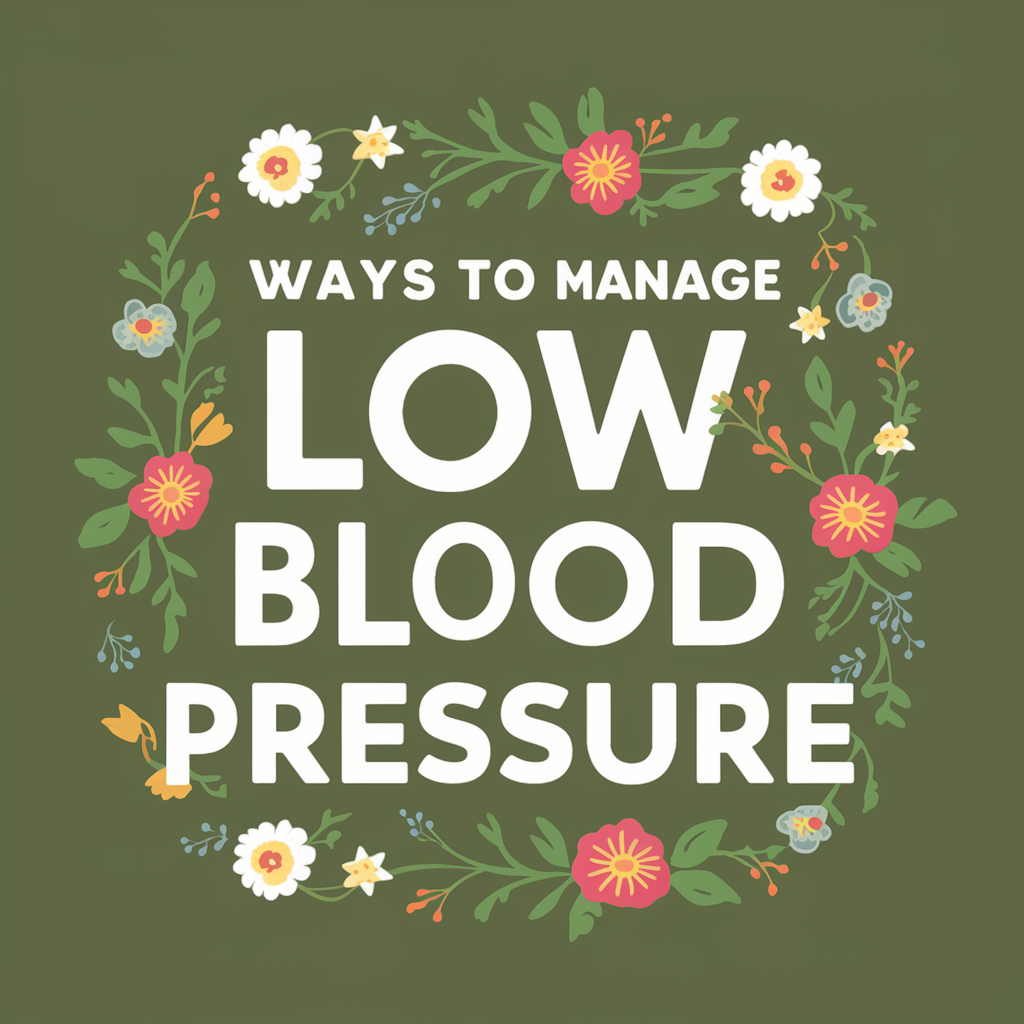
Immediate Actions to Take When Your BP Drops
When your blood pressure suddenly drops, it’s essential to know how to react quickly to avoid any serious symptoms like fainting or dizziness. Over time, I’ve developed a set of go-to strategies that help me stabilize my blood pressure almost immediately. These actions are simple but can make a big difference when you’re feeling lightheaded or weak.
Recognizing the Signs
The first step is always to recognize the symptoms of low blood pressure. For me, it usually starts with a feeling of dizziness, especially when I stand up too quickly. Sometimes, I’ll notice my vision blurring or feel unusually fatigued. If you experience any of these symptoms, it’s important to take action right away.
Quick Fixes
One of the quickest ways to counteract low blood pressure is to increase your salt intake. I keep a small packet of salt in my kitchen and have learned that drinking a glass of water with a pinch of salt can help raise my blood pressure when I’m feeling particularly low. However, I always make sure not to overdo it, as too much salt can lead to other health issues.
Staying hydrated is also crucial. Dehydration can cause your blood pressure to drop, so drinking water is one of the first things I do. For a quick and effective boost, I often turn to Hydration Powder Packets. These packets are packed with electrolytes that help maintain fluid balance and raise blood pressure. They’re easy to mix with water and work much faster than just plain water.
Another effective technique I’ve found is to lay down with my feet elevated above heart level. This simple position helps blood flow back to my heart and brain, quickly stabilizing my blood pressure. I’ll usually do this for about 10 to 15 minutes, and it helps me feel better almost immediately.
These quick fixes are essential tools in my low blood pressure management kit. By acting quickly and knowing what works for your body, you can prevent symptoms from escalating and maintain your balance and well-being.

Dietary Adjustments for Managing Low BP at Home
Diet plays a significant role in how your body regulates blood pressure. Over time, I’ve discovered that making certain dietary adjustments can help keep my blood pressure stable throughout the day. These changes are simple to implement and can be quite effective in preventing those uncomfortable dips in BP.
Potassium-Rich Foods
One of the first things I focused on was incorporating more potassium-rich foods into my diet. Potassium helps balance the amount of sodium in your cells, which is crucial for blood pressure regulation. Foods like bananas, spinach, avocados, and sweet potatoes have become staples in my meals. For breakfast, I might have a banana smoothie or avocado toast, while lunch often includes a spinach salad. These foods not only help with blood pressure but are also packed with other nutrients that support overall health.
Small, Frequent Meals
Another adjustment that has made a noticeable difference for me is eating smaller, more frequent meals. I used to eat three large meals a day, but I noticed that my blood pressure would sometimes drop after eating a big meal. This is because digestion requires a lot of blood flow, which can temporarily lower blood pressure. Now, I opt for smaller portions spread out over the day. This keeps my energy levels stable and prevents those post-meal blood pressure dips.
Introducing Beetroot
Beetroot has also been a game-changer for me. It’s known for its ability to improve circulation and naturally support blood pressure. I try to incorporate beetroot into my diet a few times a week, either by adding it to salads or drinking beet juice. If you’re not a fan of the taste or find it difficult to prepare, there’s a convenient alternative I’ve been using: Force Factor Total Beets Ultimate Heart Health Blood Pressure Support Chews. These chews are an easy way to get the benefits of beetroot without any of the prep work. They’re great for on-the-go and have helped me maintain a more consistent blood pressure level.
By making these dietary adjustments, I’ve found that my blood pressure stays much more stable throughout the day. These small changes in what and how I eat have made a big difference in how I feel and function daily.
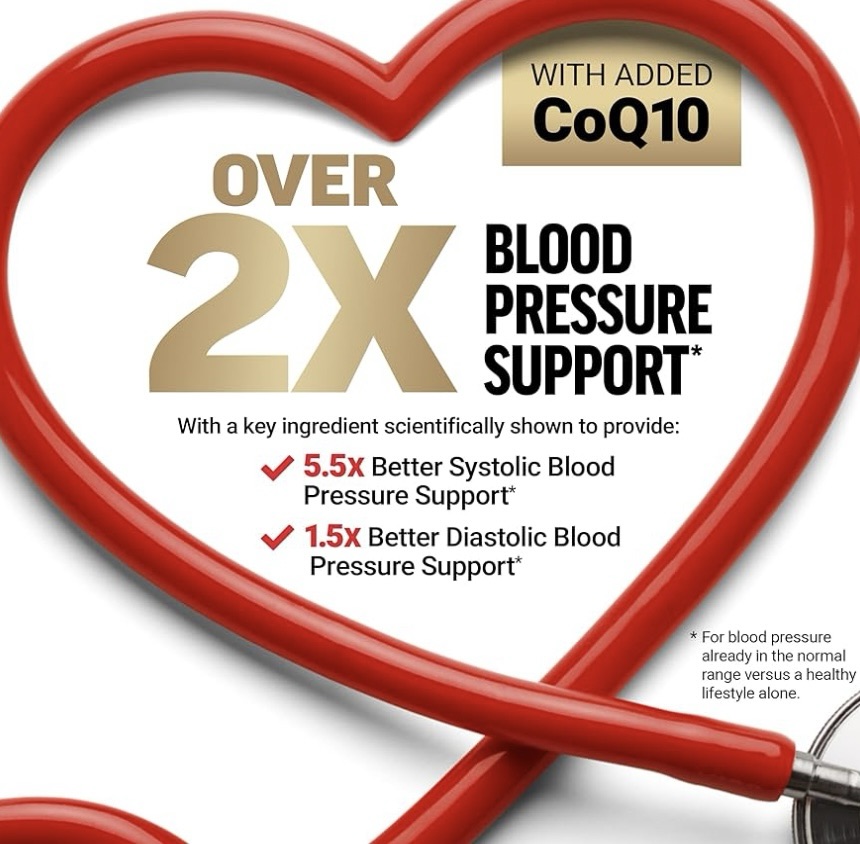
Lifestyle Changes to Prevent Low Blood Pressure
Beyond diet, certain lifestyle changes can make a significant impact on managing low blood pressure. Over the years, I’ve incorporated a few key habits into my daily routine that have helped me prevent those unexpected drops in blood pressure.
Regular Monitoring
One of the most important habits I’ve developed is regularly monitoring my blood pressure. Early on, I realized that keeping track of my BP readings allowed me to spot trends and take action before symptoms became severe. I use the Konquest KBP-2704A Automatic Upper Arm Blood Pressure Monitor to track my readings. This monitor is easy to use, with a large backlit display that makes it simple to read my results, even in low light. It also has an irregular heartbeat detector, which gives me added peace of mind. By monitoring my blood pressure regularly, I can adjust my activities or diet as needed to maintain stable levels.
Compression Wear
Another change that has helped me is wearing compression socks. I was skeptical at first, but after trying the Physix Gear Compression Socks, I noticed a real difference. These socks apply gentle pressure to my legs, which helps prevent blood from pooling there, especially when I’m on my feet for long periods. This not only helps maintain my blood pressure but also reduces the risk of dizziness or fainting when I stand up quickly. Compression wear has become a key part of my routine, particularly during long workdays or travel.
Stress Management
Managing stress has also been crucial in keeping my blood pressure stable. I’ve learned that stress can cause my blood pressure to fluctuate, sometimes dropping unexpectedly. To combat this, I’ve incorporated stress-reducing activities into my daily life, such as meditation, deep breathing exercises, and yoga. These practices help me stay calm and centered, which in turn helps keep my blood pressure in check. Even just a few minutes of deep breathing in the morning can set a positive tone for the day and help prevent stress from impacting my blood pressure.
By making these lifestyle changes, I’ve gained more control over my blood pressure and my overall health. These habits are easy to implement and have made a big difference in preventing low blood pressure episodes in my daily life.

Lifestyle Changes to Prevent Low Blood Pressure
Beyond diet, certain lifestyle changes can make a significant impact on managing low blood pressure. Over the years, I’ve incorporated a few key habits into my daily routine that have helped me prevent those unexpected drops in blood pressure.
Regular Monitoring
One of the most important habits I’ve developed is regularly monitoring my blood pressure. Early on, I realized that keeping track of my BP readings allowed me to spot trends and take action before symptoms became severe. I use the Konquest KBP-2704A Automatic Upper Arm Blood Pressure Monitor to track my readings. This monitor is easy to use, with a large backlit display that makes it simple to read my results, even in low light. It also has an irregular heartbeat detector, which gives me added peace of mind. By monitoring my blood pressure regularly, I can adjust my activities or diet as needed to maintain stable levels.
Compression Wear
Another change that has helped me is wearing compression socks. I was skeptical at first, but after trying the Physix Gear Compression Socks, I noticed a real difference. These socks apply gentle pressure to my legs, which helps prevent blood from pooling there, especially when I’m on my feet for long periods. This not only helps maintain my blood pressure but also reduces the risk of dizziness or fainting when I stand up quickly. Compression wear has become a key part of my routine, particularly during long workdays or travel.
Stress Management
Managing stress has also been crucial in keeping my blood pressure stable. I’ve learned that stress can cause my blood pressure to fluctuate, sometimes dropping unexpectedly. To combat this, I’ve incorporated stress-reducing activities into my daily life, such as meditation, deep breathing exercises, and yoga. These practices help me stay calm and centered, which in turn helps keep my blood pressure in check. Even just a few minutes of deep breathing in the morning can set a positive tone for the day and help prevent stress from impacting my blood pressure.
By making these lifestyle changes, I’ve gained more control over my blood pressure and my overall health. These habits are easy to implement and have made a big difference in preventing low blood pressure episodes in my daily life.
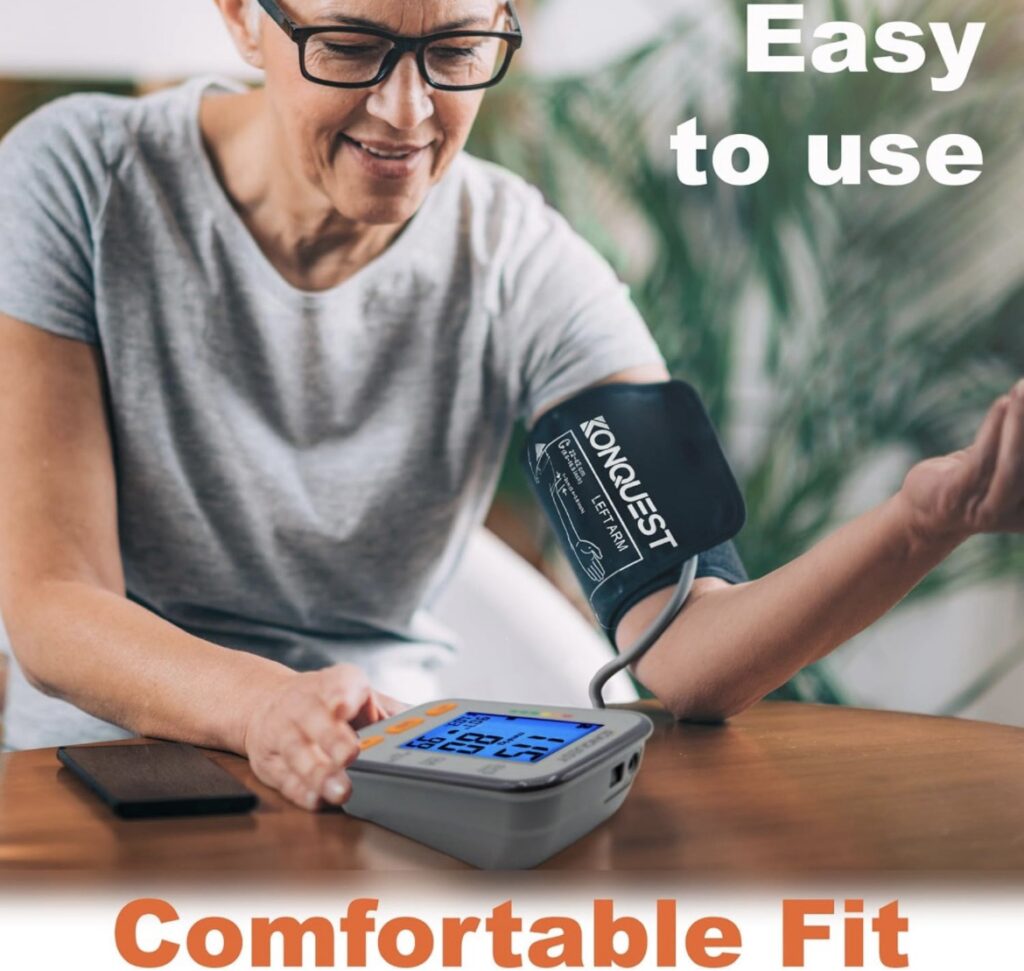
When to Seek Professional Help
While managing low blood pressure at home with natural remedies and lifestyle adjustments is effective most of the time, there are instances when professional medical help is necessary. It’s important to know when your symptoms might be signaling a more serious issue and when it’s time to consult a healthcare provider.
Understanding the Risks
Low blood pressure can sometimes indicate an underlying health problem that requires more than just home management. Persistent or severe symptoms such as continuous dizziness, fainting spells, chest pain, shortness of breath, or confusion should not be ignored. These could be signs of more serious conditions like severe dehydration, heart problems, or endocrine disorders that need immediate medical attention.
For example, if you’ve been experiencing frequent fainting or extreme fatigue that doesn’t improve with the remedies discussed earlier, it’s essential to consult a doctor. These symptoms might indicate that your body isn’t getting enough blood flow to vital organs, which can be dangerous if left untreated.
Consulting a Healthcare Provider
In my own experience, regular check-ups with a healthcare provider have been invaluable. These visits help ensure that my low blood pressure isn’t related to a more serious condition. A healthcare provider can perform tests to determine the underlying cause of your low blood pressure and recommend appropriate treatments.
Additionally, your doctor can offer guidance on whether you need to make adjustments to your current routine. For instance, if the natural remedies and lifestyle changes you’ve implemented aren’t sufficient, they may suggest medication or other interventions to help maintain a healthy blood pressure level.
It’s also important to share your home management strategies with your doctor. This includes discussing any supplements or natural remedies you’re using, such as the Hydration Powder Packets or herbal teas, to ensure they don’t interfere with any prescribed treatments.
By combining home remedies with professional medical advice, you can take a comprehensive approach to managing your low blood pressure and safeguard your overall health.

Additional Tips and Resources
Managing low blood pressure at home involves a combination of quick actions, dietary adjustments, lifestyle changes, and sometimes, professional guidance. While the steps I’ve shared so far have been effective for me, it’s also helpful to explore additional resources and tips that can further support your journey to maintaining stable blood pressure.
Recap of Key Points
Let’s quickly recap the essential steps to take when your blood pressure drops at home:
- Recognize the Symptoms: Be aware of the signs, such as dizziness, fatigue, or fainting, so you can act quickly.
- Take Immediate Action: Increase your salt intake, stay hydrated with water or Hydration Powder Packets, and lay down with your legs elevated to stabilize your blood pressure.
- Adjust Your Diet: Incorporate potassium-rich foods, eat small, frequent meals, and consider adding beetroot to your diet.
- Make Lifestyle Changes: Regularly monitor your blood pressure, wear compression socks, and manage stress through relaxation techniques.
- Use Natural Remedies: Explore homeopathic and herbal remedies, and maintain electrolyte balance with supplements.
Additional Reading
For those looking to dive deeper into managing low blood pressure, I highly recommend checking out this comprehensive guide on Natural Ways to Manage Low Blood Pressure at Home. This resource offers detailed insights and additional tips that complement what we’ve discussed here, helping you build a well-rounded approach to your health.
As an Amazon Associate we earn from qualifying purchases through some links in our articles.
